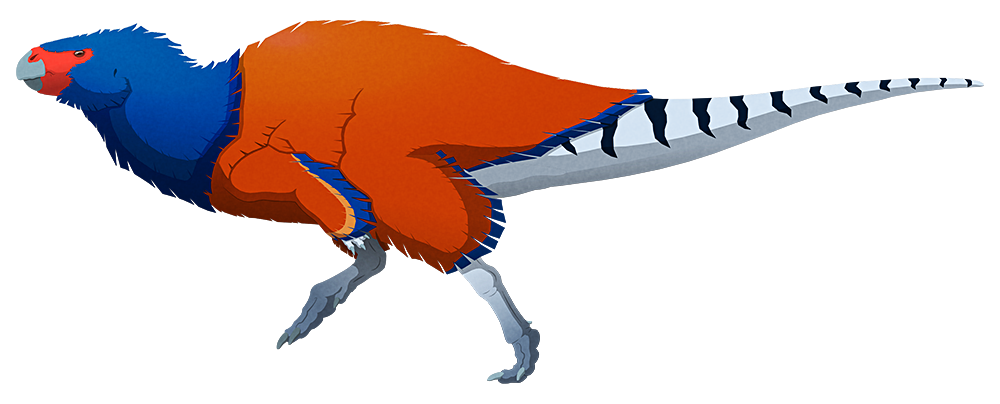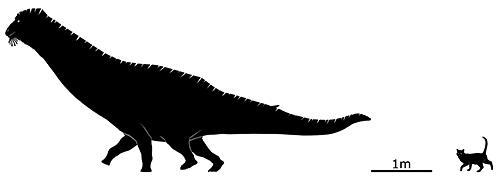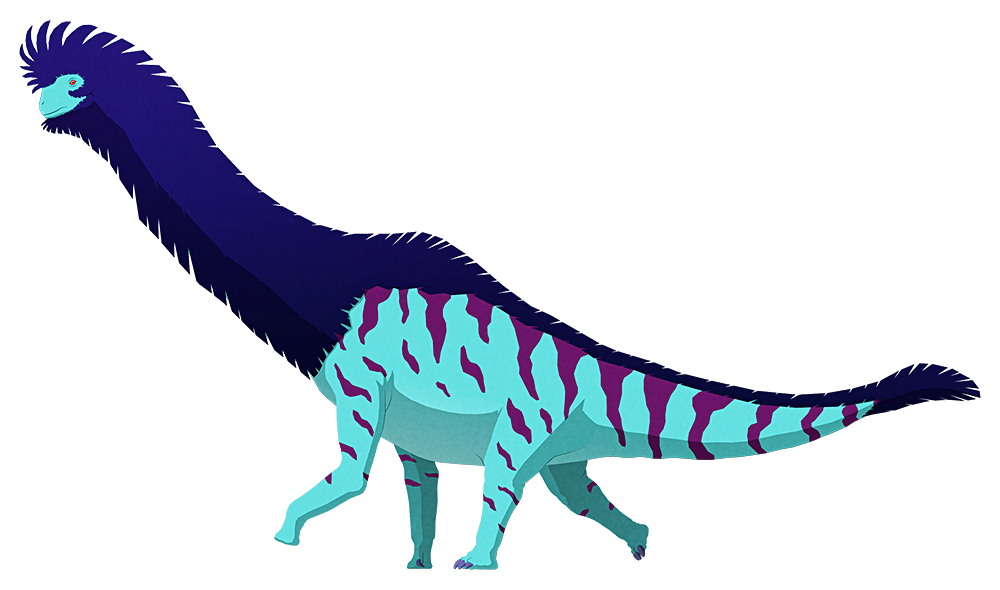Islands are natural sites for evolutionary experiments. Their isolation and limited resources put a lot of selective pressure on their native species, often resulting in spectacular and unique adaptations. Big animals become small, small animals become big, and ecological niches can end up being filled in unexpected ways.
From the dodo becoming the first well-known example of human-caused extinction, to Darwin’s Galápagos finches being influential in the development of the theory of natural selection, to famous-but-endangered living examples like the kiwi and marine iguana, island species are fascinating and often fragile examples of how diverse life can get even in restricted conditions.
In fact, this theme ended up containing so many species I wanted to feature that I can’t possibly fit them all into just a single month. So, for the first time, a theme is going to need two months – with part 1 happening right now, and part 2 coming later this summer.
Thecodontosaurus antiquus
For much of the Mesozoic Europe was an archipelago of islands in a shallow tropical sea. During the Late Triassic, about 205-201 million years ago, some of the paleo-islands in this region existed around southern Wales and South West England, near the city of Bristol.
Thecodontosaurus was actually one of the first non-avian dinosaurs ever named by modern science, discovered in the mid 1830s – several years before the term “dinosaur” was even created to classify the “great ancient lizards”.
It was an early member of the herbivorous sauropodomorphs, the group that would eventually include the largest ever land animals. But unlike its enormous later cousins it was short-necked and bipedal, and was particularly small compared to other contemporary “prosauropods”, measuring only about 2m long (6′6″). This would make it one of the oldest known examples of insular dwarfism.








